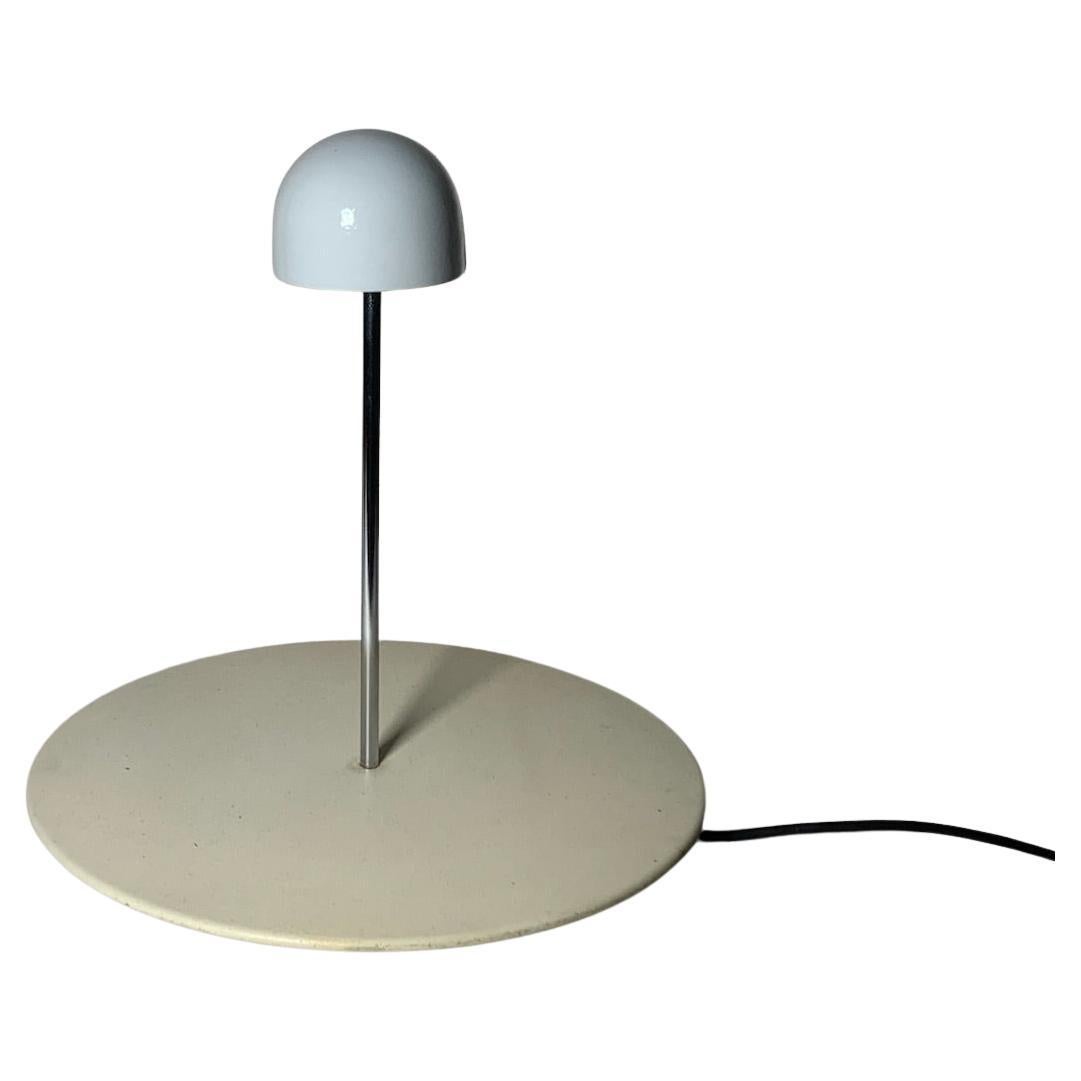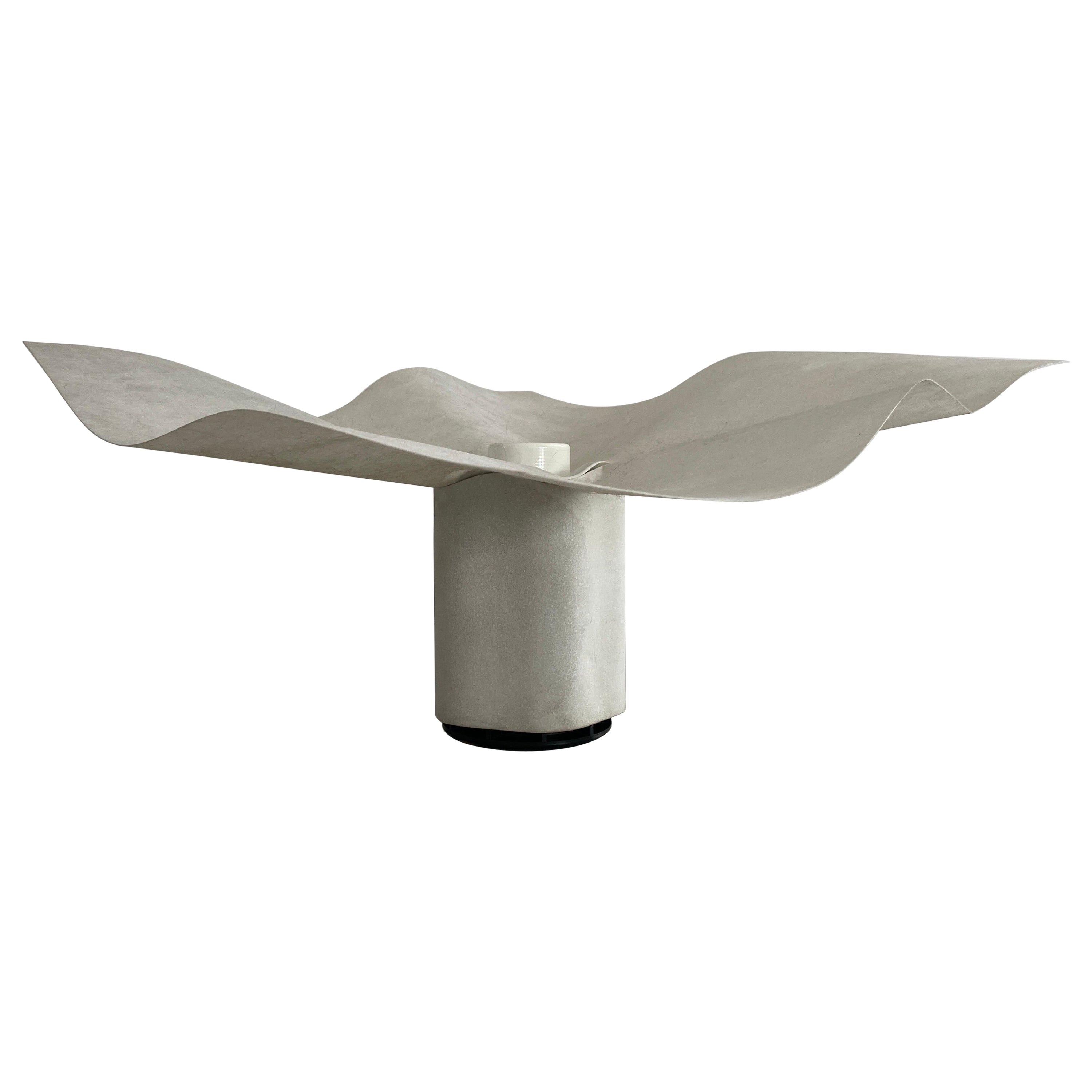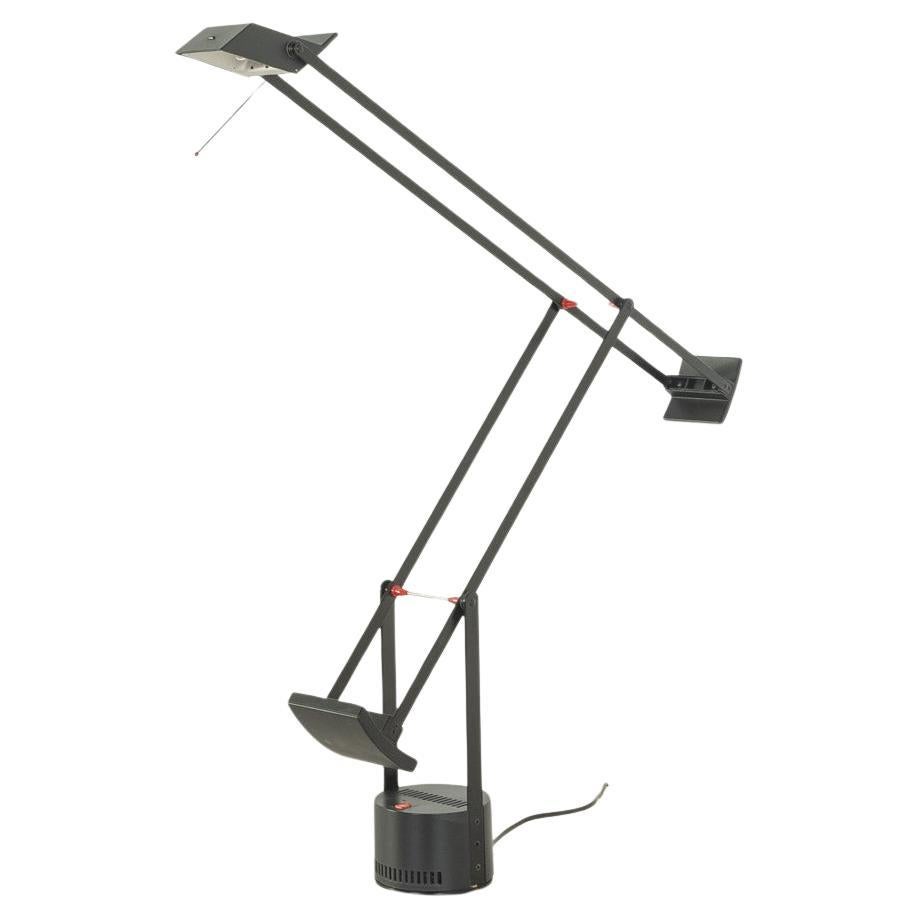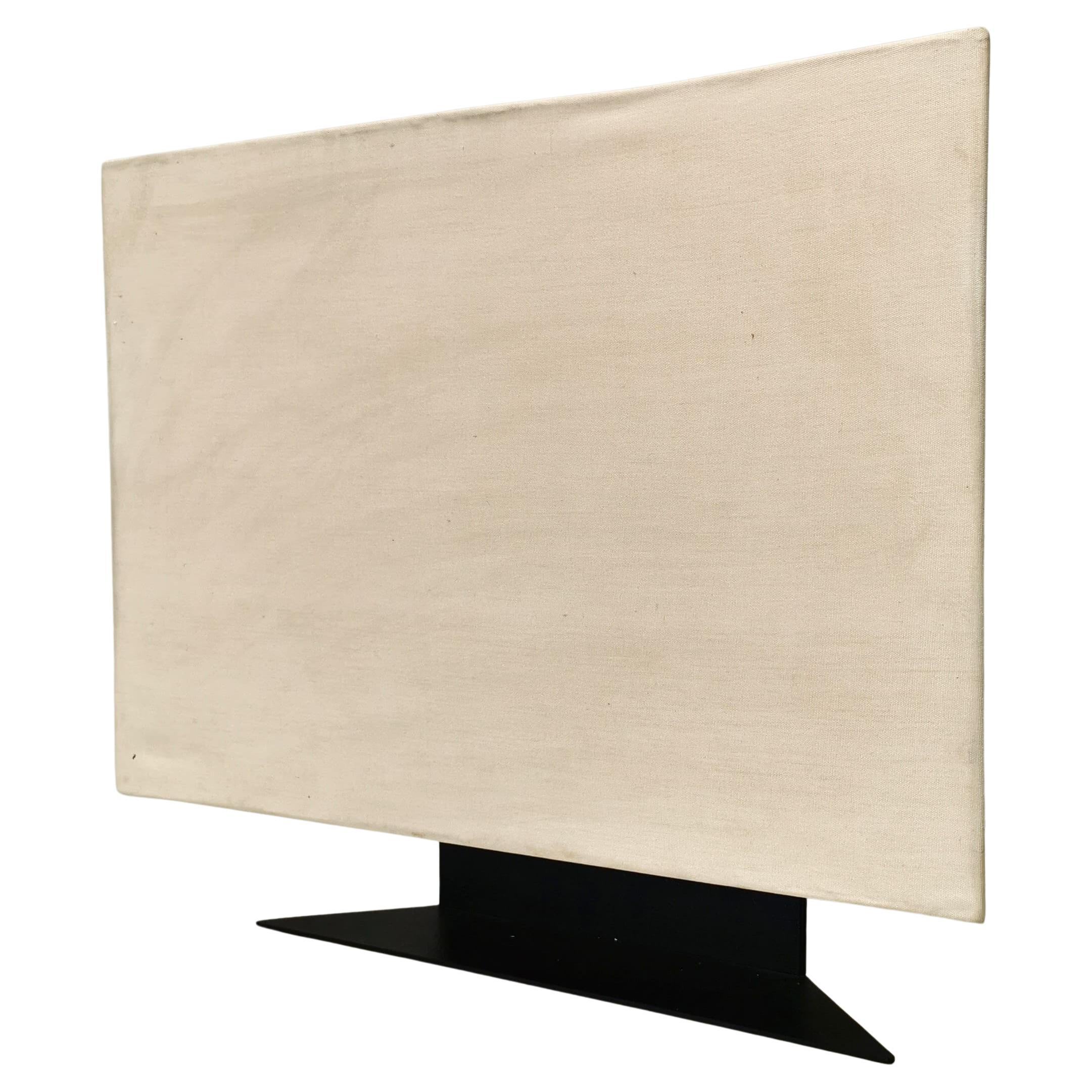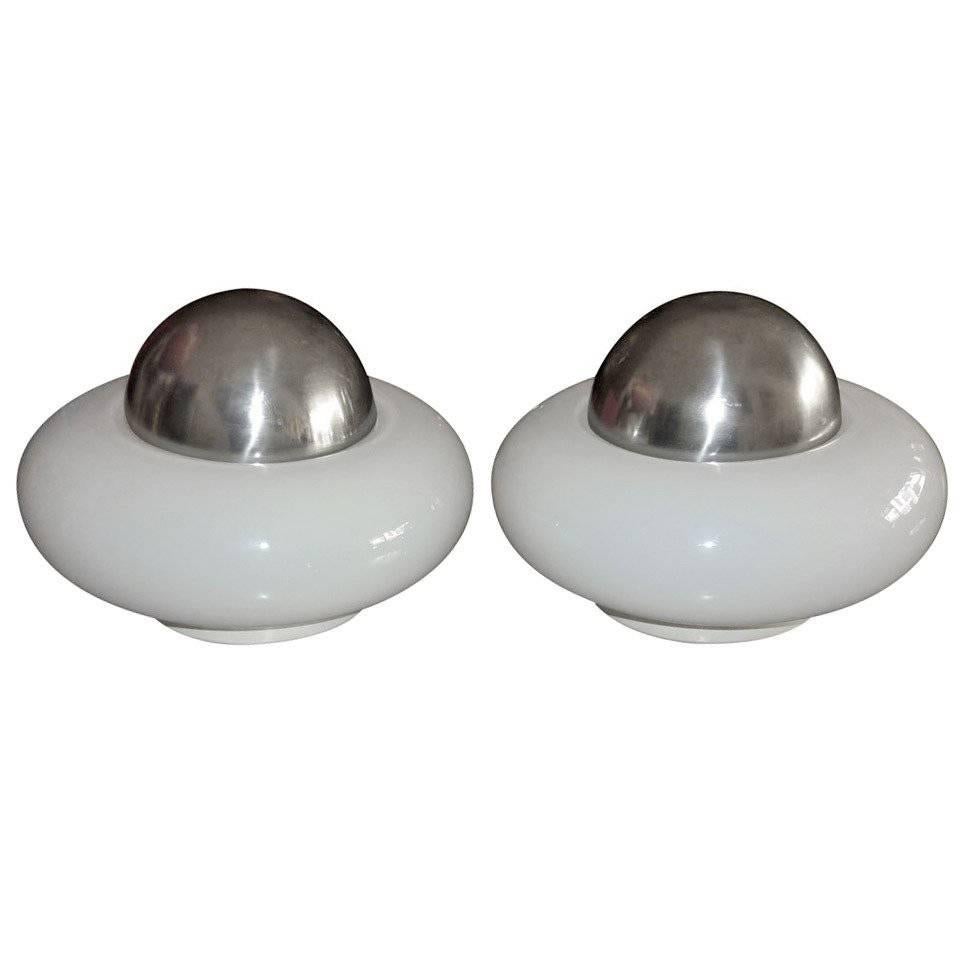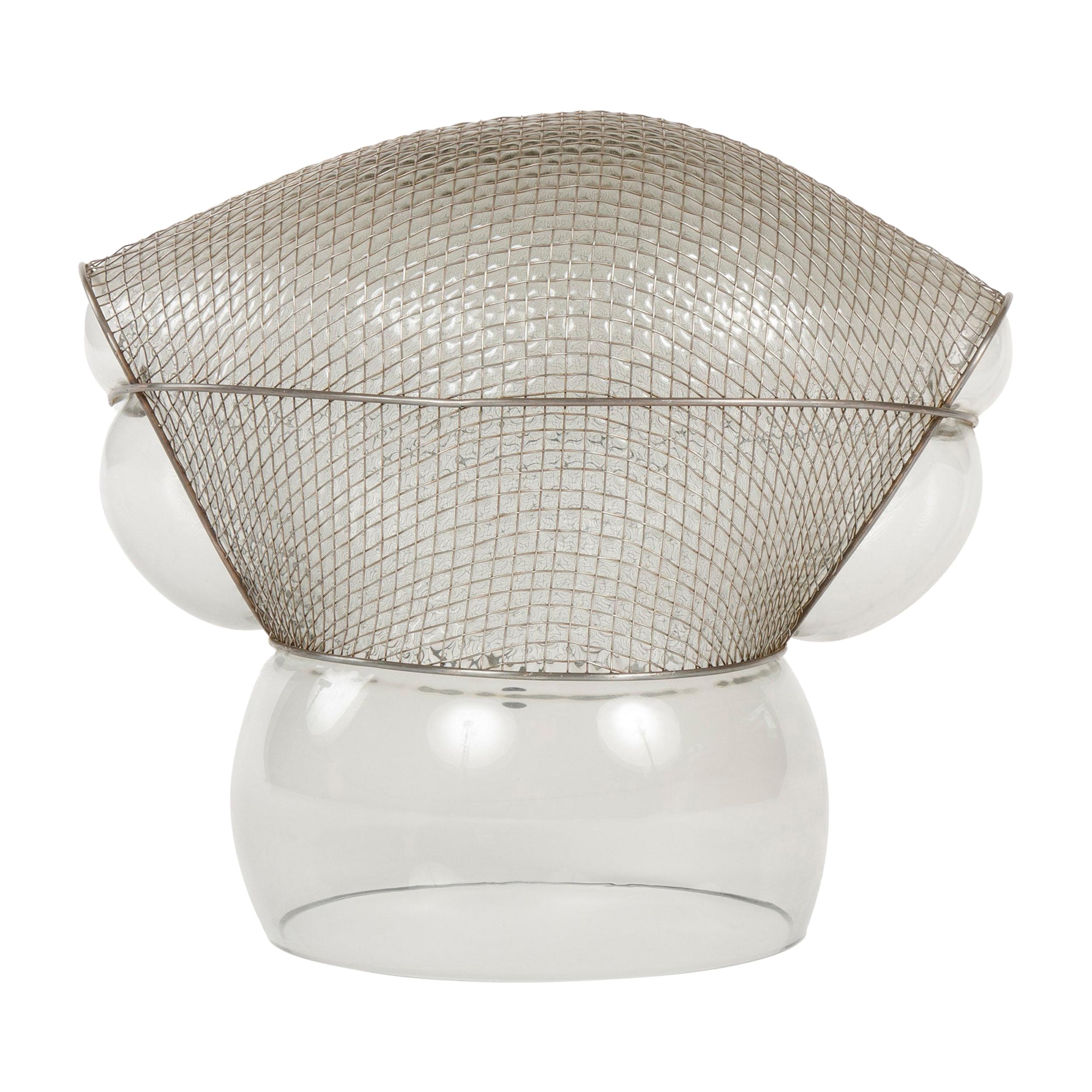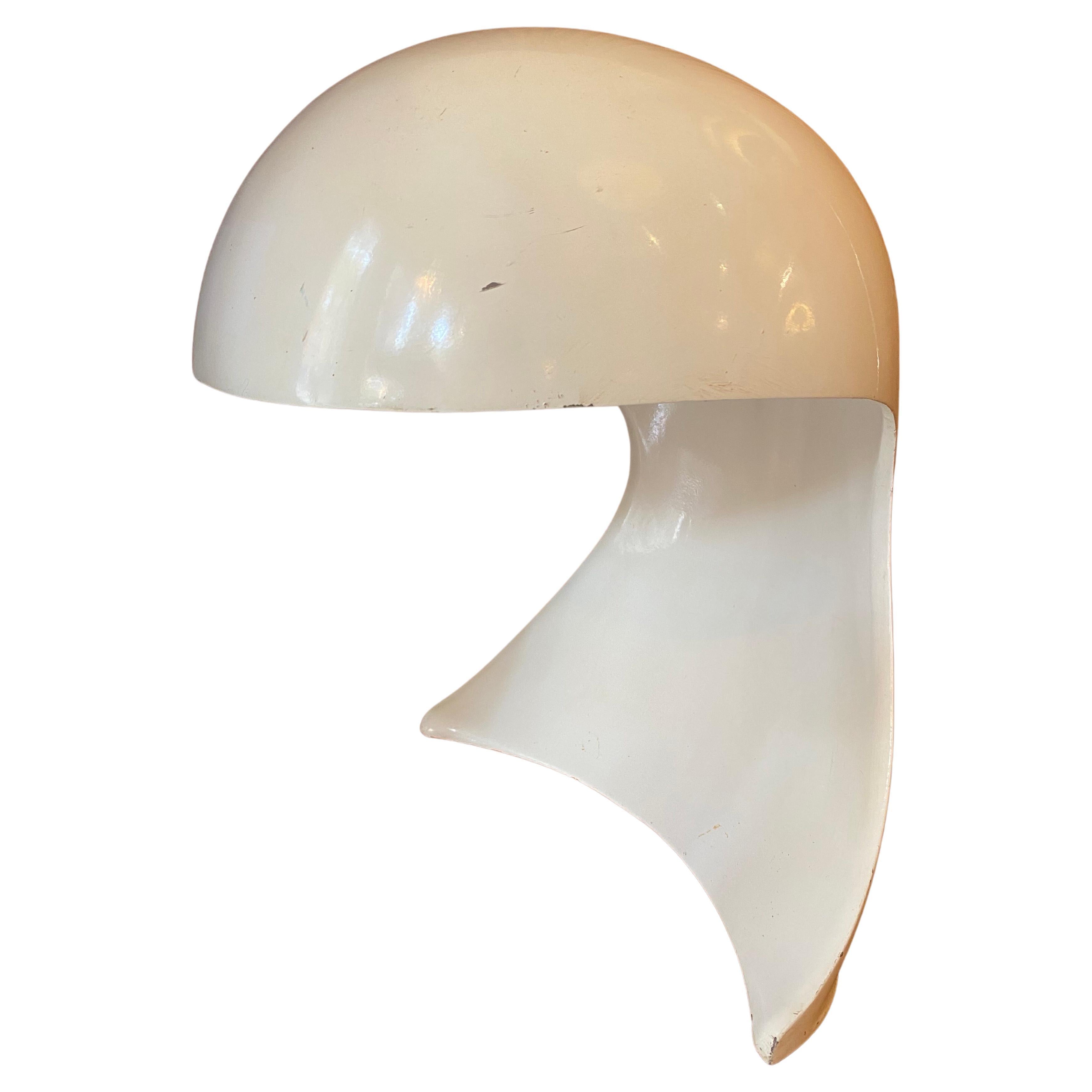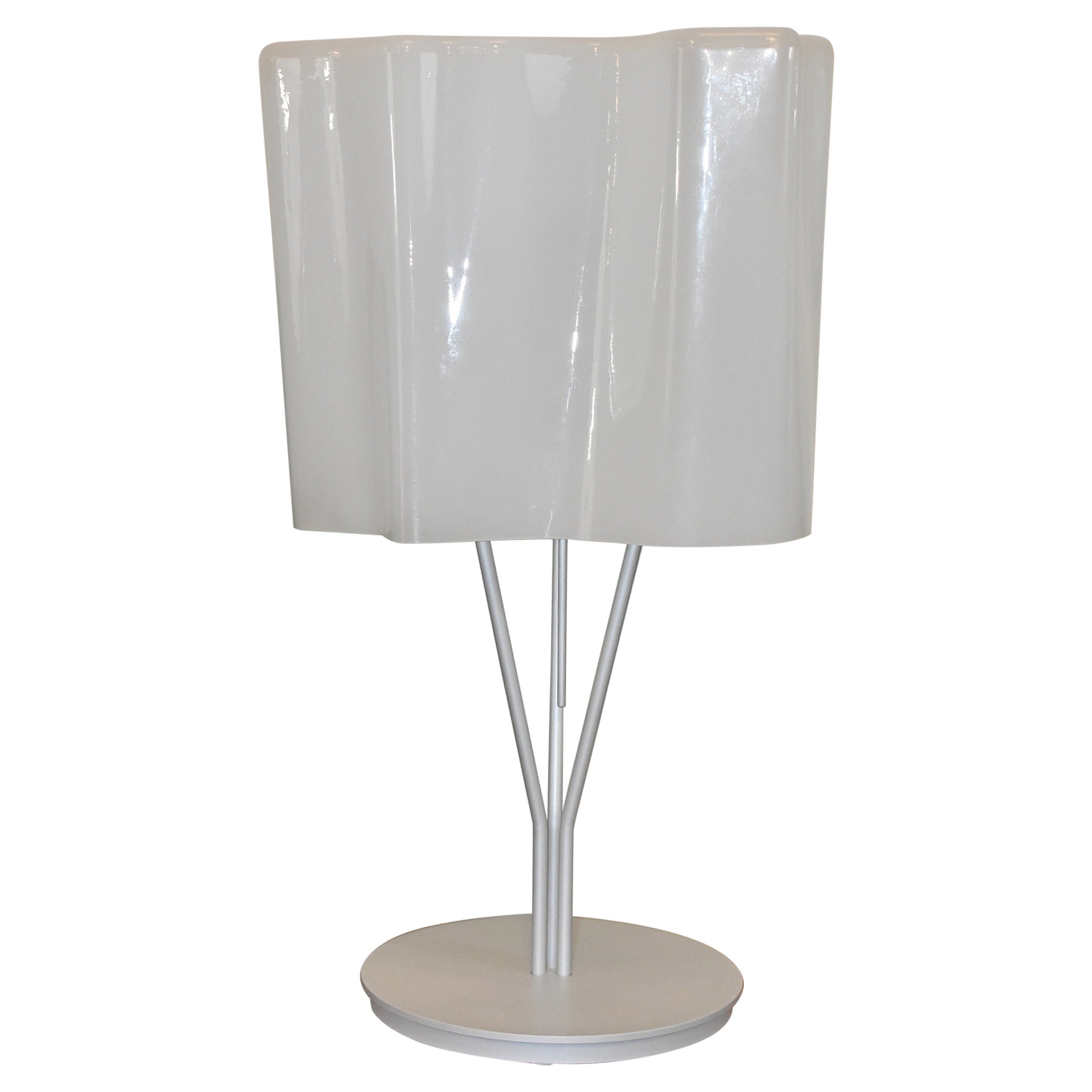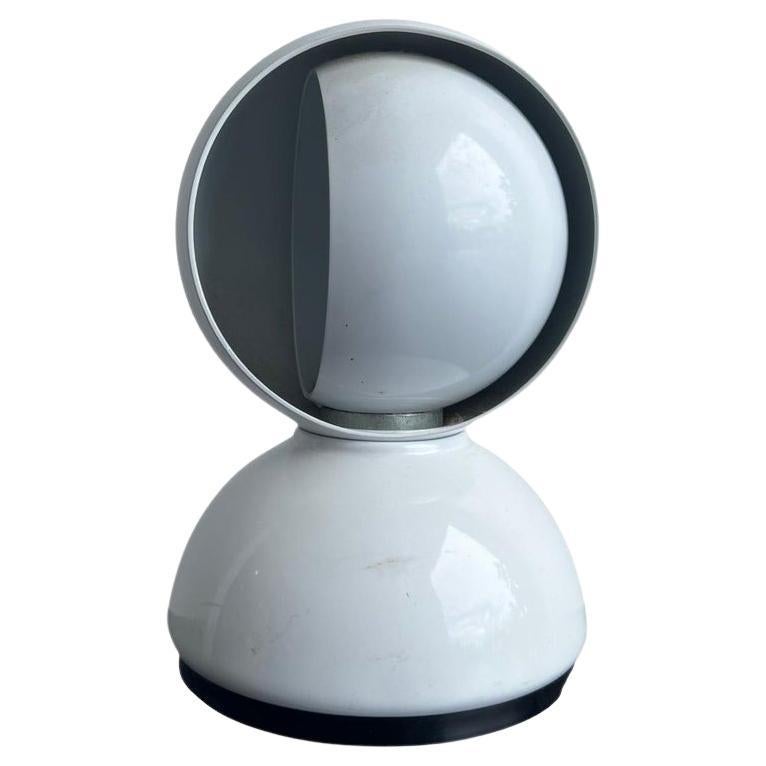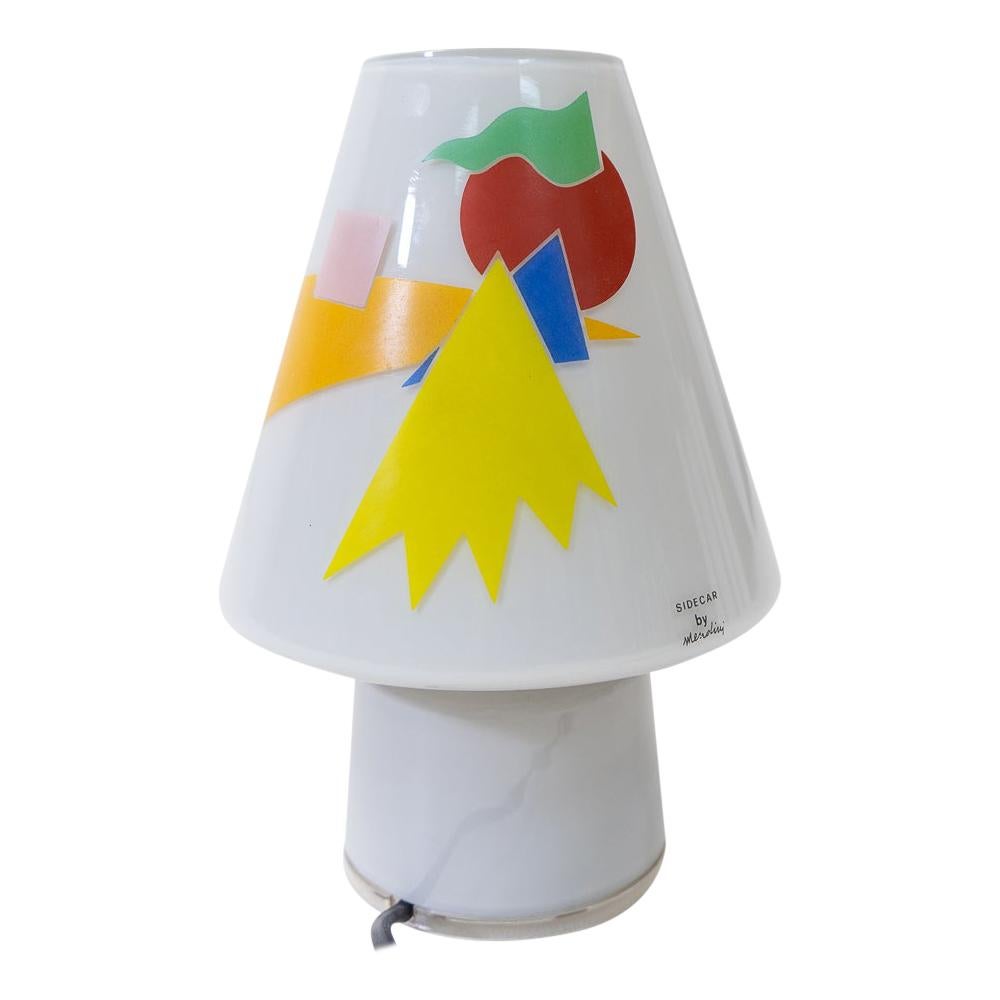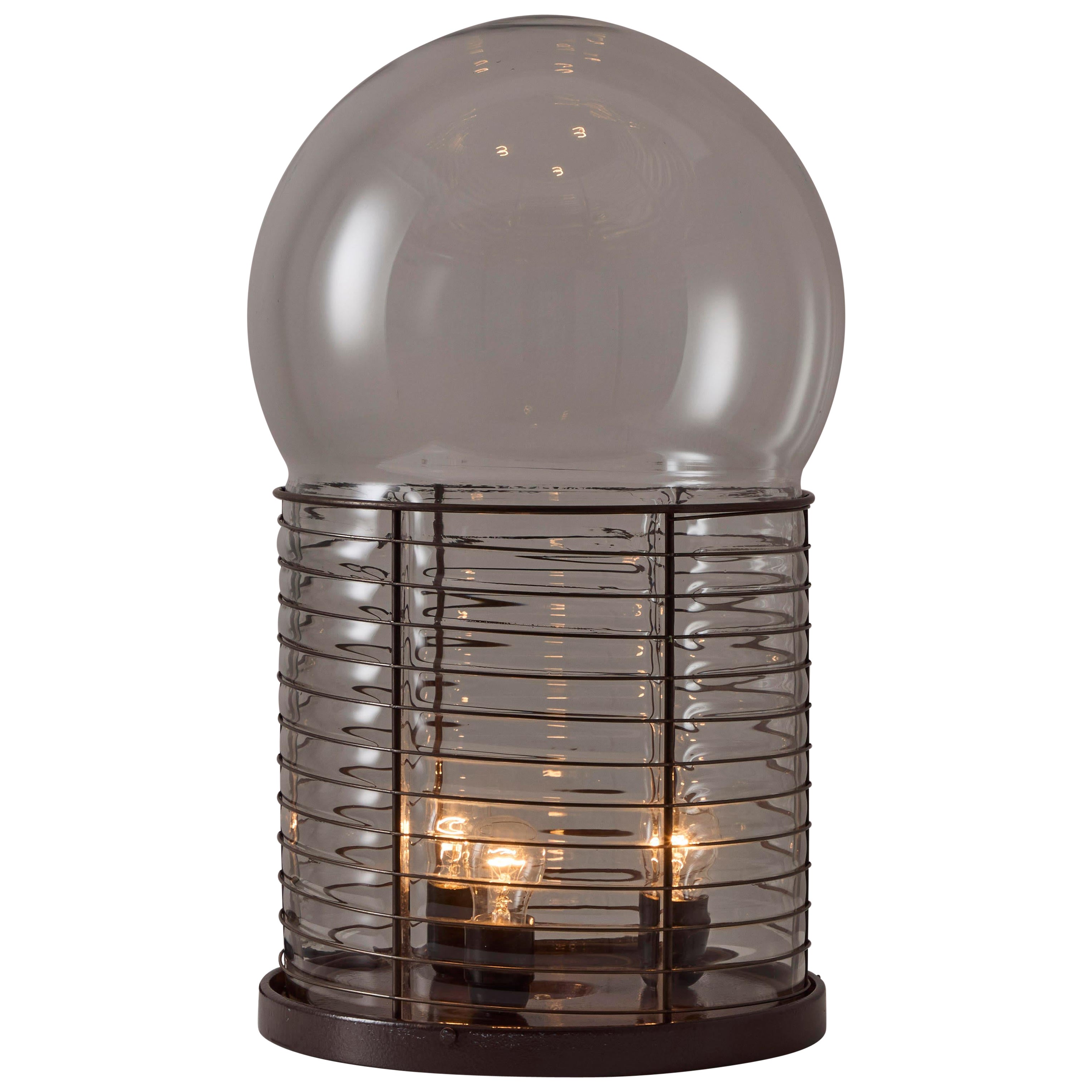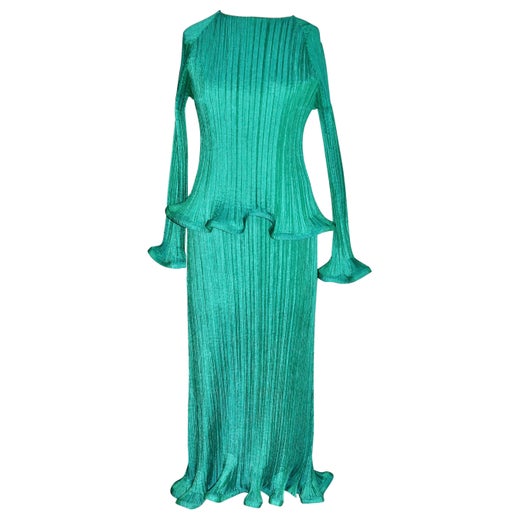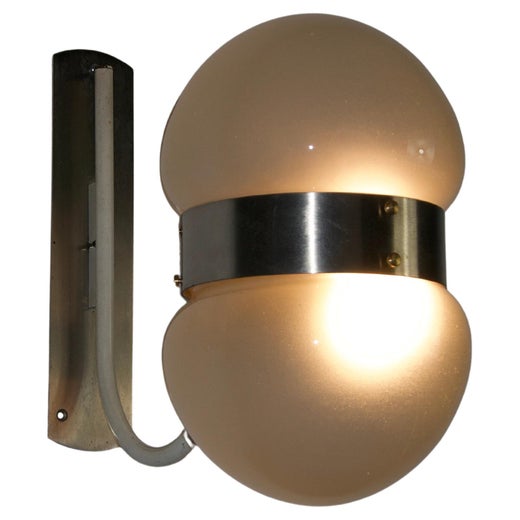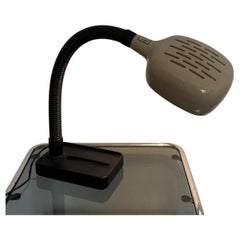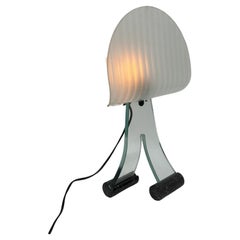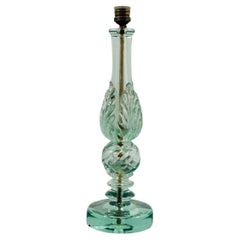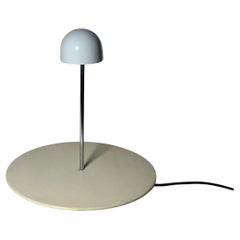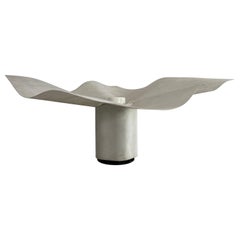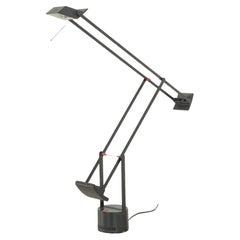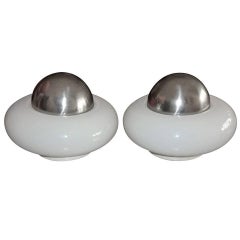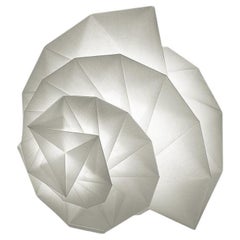
Artemide Model Mendori IN-EI table lamp by Issey Miyake with the collaborative
View Similar Items
Artemide Model Mendori IN-EI table lamp by Issey Miyake with the collaborative
About the Item
- Creator:Issey Miyake (Designer),Artemide (Manufacturer)
- Dimensions:Height: 17.72 in (45 cm)Diameter: 19.69 in (50 cm)
- Power Source:Hardwired
- Materials and Techniques:
- Place of Origin:
- Period:
- Date of Manufacture:1970
- Condition:
- Seller Location:Taranto, IT
- Reference Number:1stDibs: LU9813240484802
Issey Miyake
From the prismatic Pleats Please collection to the modular, three-dimensional garments crafted from recycled plastic bottles in his Reality Lab, the captivating fashions by Japanese designer Issey Miyake are all about movement.
Born in Hiroshima, Miyake studied graphic design at Tama Art University in Tokyo before relocating to Paris in 1965, where he studied couture and cut his teeth working for Guy Laroche and Hubert de Givenchy. In 1969, he moved to New York, where he worked for Geoffrey Beene. He returned to Tokyo in 1970 to found his first solo venture, the Miyake Design Studio. It wasn’t until the 1990s, though, that the designer had his breakthrough moment with experimentations in pleating. Some of his earliest explorations were for choreographer William Forsythe’s Frankfurt Ballet Company, with the 1991 performance of The Loss of Small Detail featuring costumes Miyake designed with pleats that complemented and transformed the movement of the dancers.
Though long a staple in couture — from delicate women’s skirts to men’s suit pants — pleats took on new life in Miyake’s hands. By using a heat press to cure his fabrics after his garments are stitched, Miyake was able to maintain the accordion structure of the pleat, turning a series of folds into sculptural, often futuristic forms unbound by the shape of the human body. In 1993, Miyake debuted “garment pleating” in his Pleats Please line, in which the clothes are constructed at a size that is larger than what is intended for the finished product. The pleats are then created — a process that involves folding and ironing and is separate from the joining of seams — and individual pieces are subsequently hand-fed into a heat press. The pleats are permanent and the garments can be worn and washed without losing their shape.
Miyake’s pleats run the gamut in scale, which enabled him to evoke dramatic, sharp silhouettes and flowy movements in equal measure. In essence, he created an entirely new material whose iterations are infinite — a feat of technology as much as fashion.
Other innovations include Miyake’s 1997 Just Before collection, which introduced a series of tube-knit dresses that could be cut as desired, reducing both work and resources. His Reality Lab now investigates new materials, such as a fully recycled polyester. Miyake’s prowess, in fact, captured another iconic figure in the tech world: Steve Jobs, for whom the designer made hundreds of identical black turtlenecks, the late Apple founder’s sartorial signature.
Find a collection of vintage Issey Miyake day dresses, jackets, shirts and other clothing on 1stDibs.
Artemide
Artemide is an iconic firm in the design world. The mid-century Italian company is one of the best known lighting manufacturers and its award-winning fixtures are held in museum collections everywhere. Vintage Artemide table lamps, pendants, ceiling lamps and other lighting represent a thoughtful merge between functionalism and eye-catching design.
Artemide, which is based in Pregnana, was founded by Ernesto Gismondi and Sergio Mazza in 1959. During that year, Mazza created the first table lamp for the manufacturer — a modernist work in glass, marble and metal that he called the Alfa. Gismondi, who studied aeronautical engineering at the Polytechnic University of Milan and missile engineering at Rome’s Professional School of Engineering, applied his knowledge of cutting edge technology and materials such as fiberglass resin to Artemide’s designs for lighting and furniture.
In 1967, Artemide won Italy’s Compasso d'Oro design award for its Eclisse table lamp, which was designed by Vico Magistretti two years earlier. Other award-winning fixtures include the Tizio table lamp designed by Richard Sapper and the Tolomeo table lamp.
Designed by Michele de Lucchi and Giancarlo Fassina, the Tolomeo featured the patented George Carwardine mechanism used in the original Anglepoise lamp. De Lucchi would later be recruited to join visionary postmodern design collective the Memphis Group. Artemide’s Gismondi purchased the brand after founder Ettore Sottsass dismantled the collective in 1988, and it was bought by Alberto Bianchi Albrici in 1996.
Artemide’s list of design, innovation, sustainability and other industry awards is long and distinguished. The firm continues to actively collaborate with internationally revered designers and seek out new talent through workshops with design schools. The company’s deeply held values — energy-saving lighting, sustainable design and ethically sourced materials — characterize its current offerings, and Artemide furniture and lighting can be found in the permanent collections of the Metropolitan Museum of Art, the Museum of Modern Art and other institutions.
On 1stDibs, find Artemide tables, seating, floor lamps, chandeliers and more.
More From This Seller
View AllVintage 1980s Italian Table Lamps
Plastic
Vintage 1980s Italian Table Lamps
Crystal, Marble
Vintage 1970s Italian Floor Lamps
Metal
Vintage 1970s Italian Table Lamps
Murano Glass
Vintage 1970s Italian Table Lamps
Ceramic
Vintage 1970s Italian Table Lamps
Steel
You May Also Like
Vintage 1970s Italian Modern Table Lamps
Metal
Vintage 1970s Italian Post-Modern Table Lamps
Plastic, Parchment Paper, Ceramic
Vintage 1970s Italian Mid-Century Modern Table Lamps
Stainless Steel
Vintage 1960s Italian Mid-Century Modern Table Lamps
Metal, Aluminum
Vintage 1970s Italian Mid-Century Modern Table Lamps
Metal
Mid-20th Century Italian Post-Modern Table Lamps
Metal
